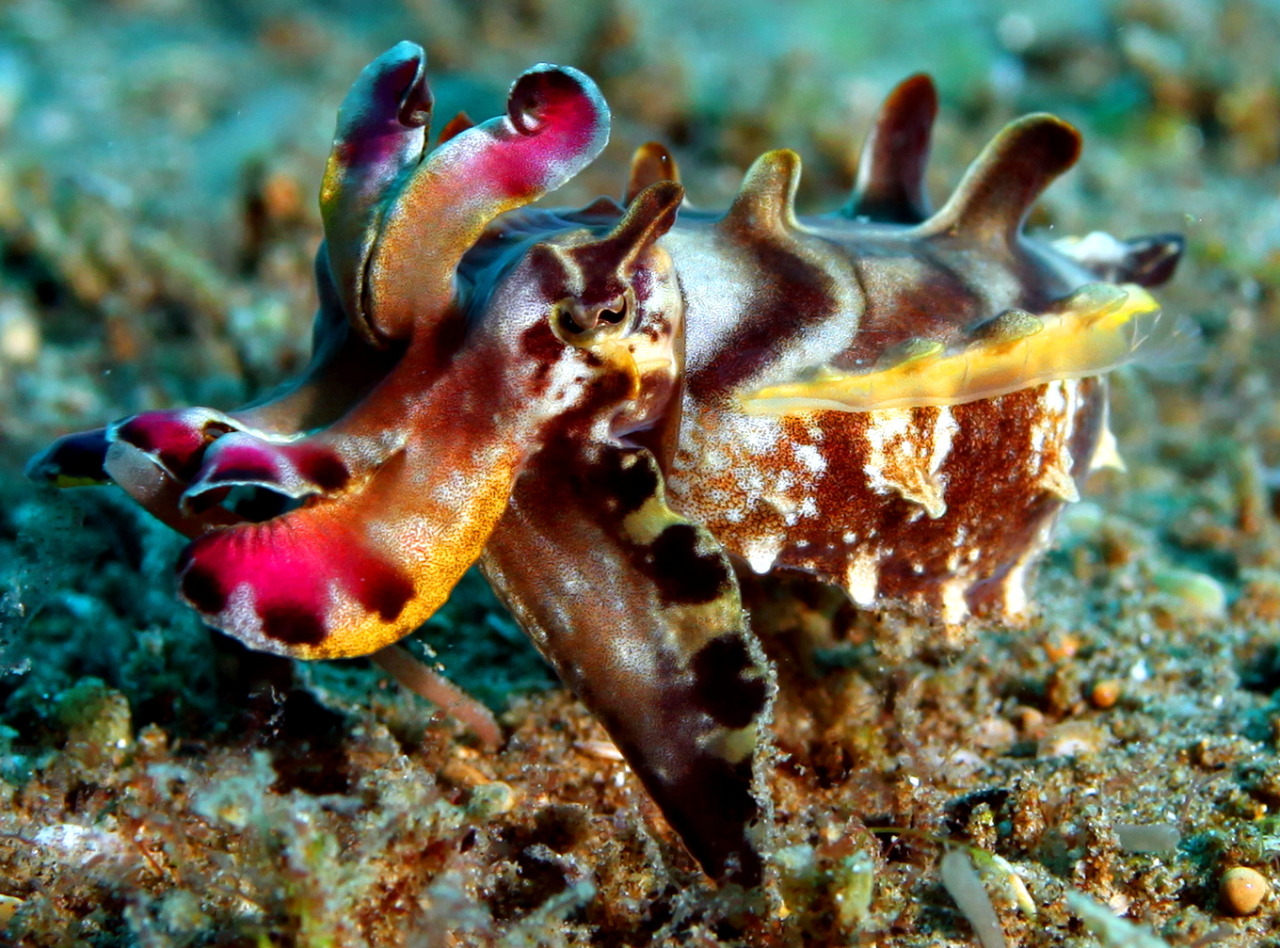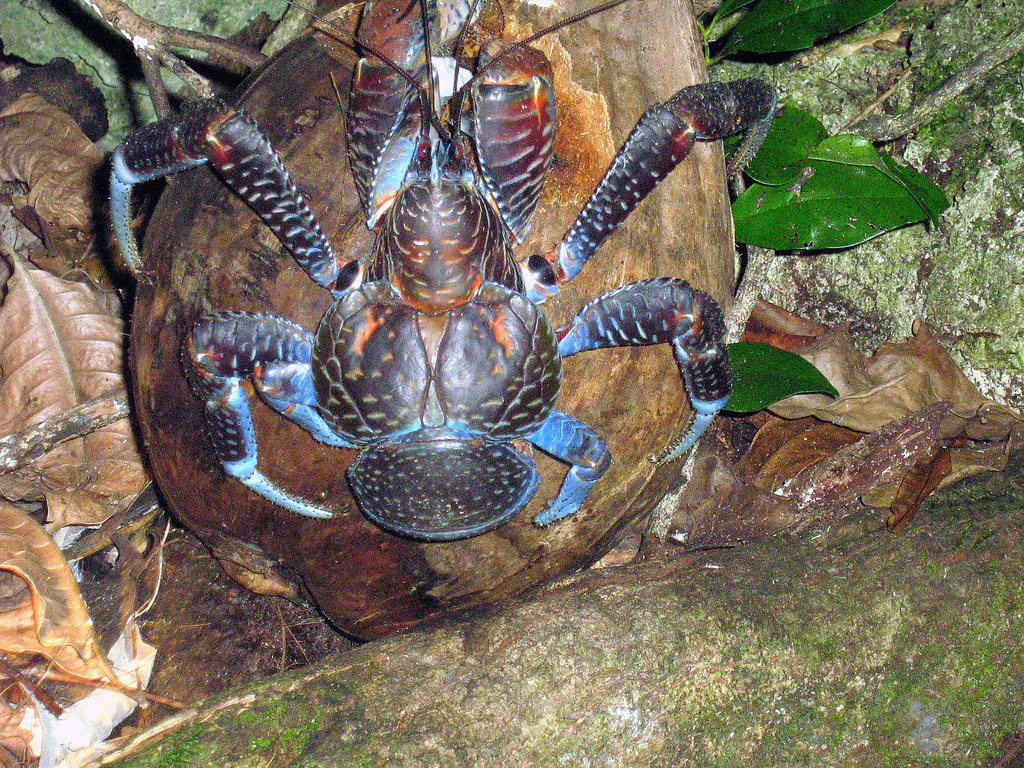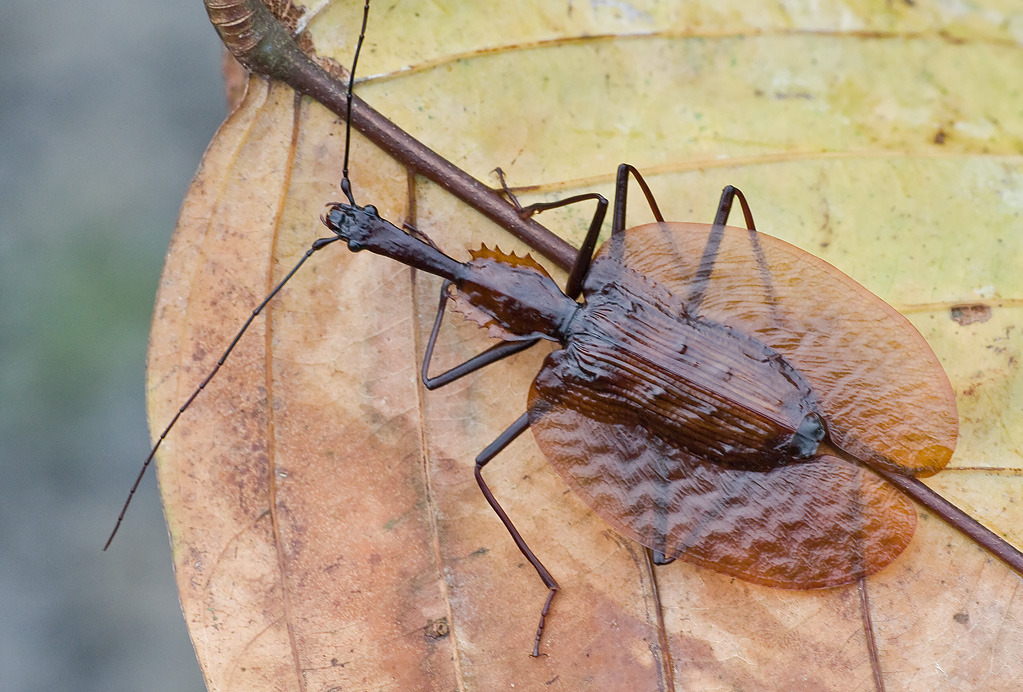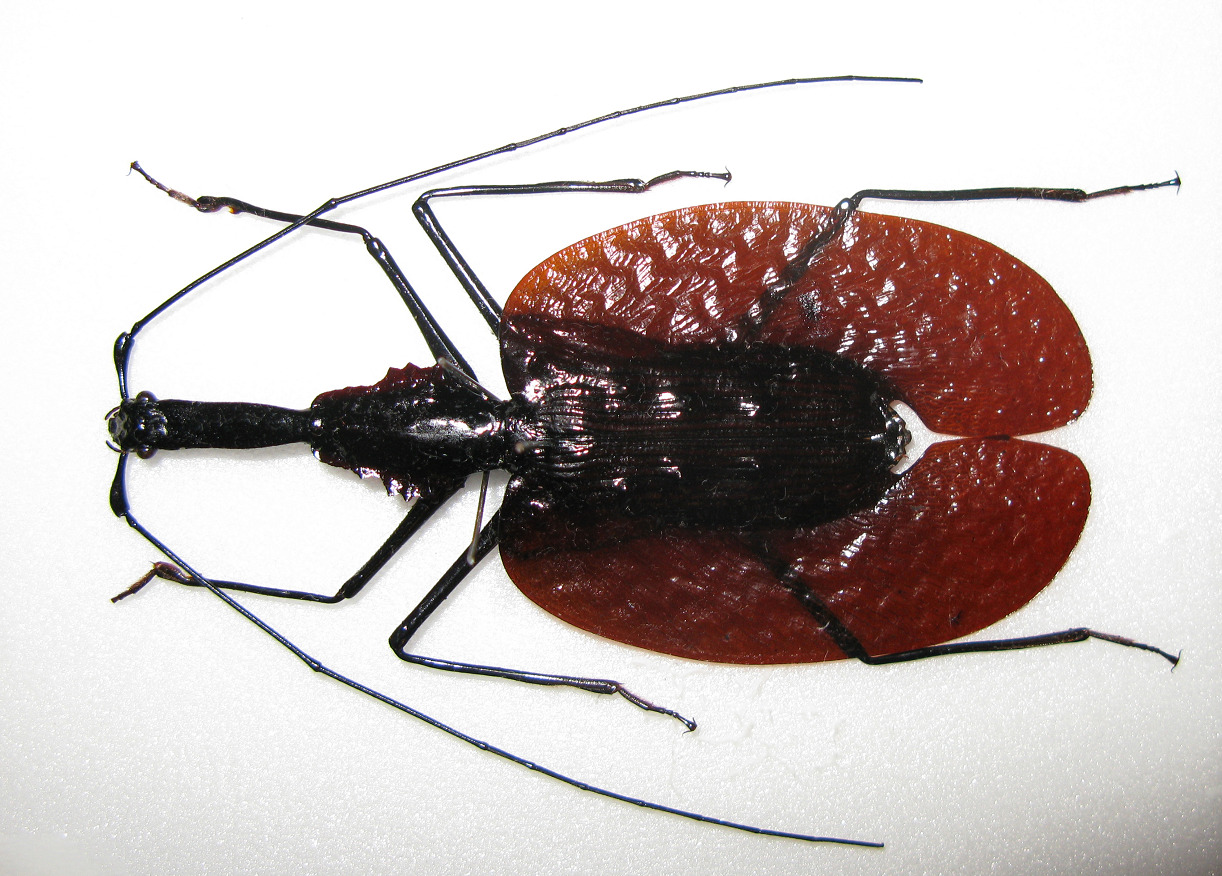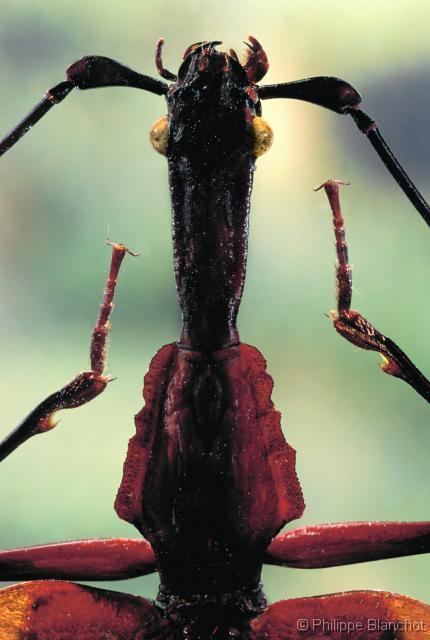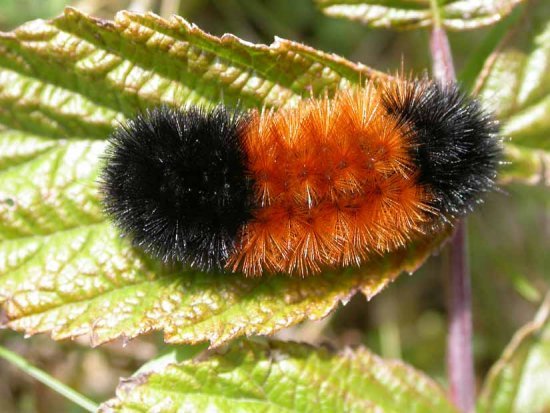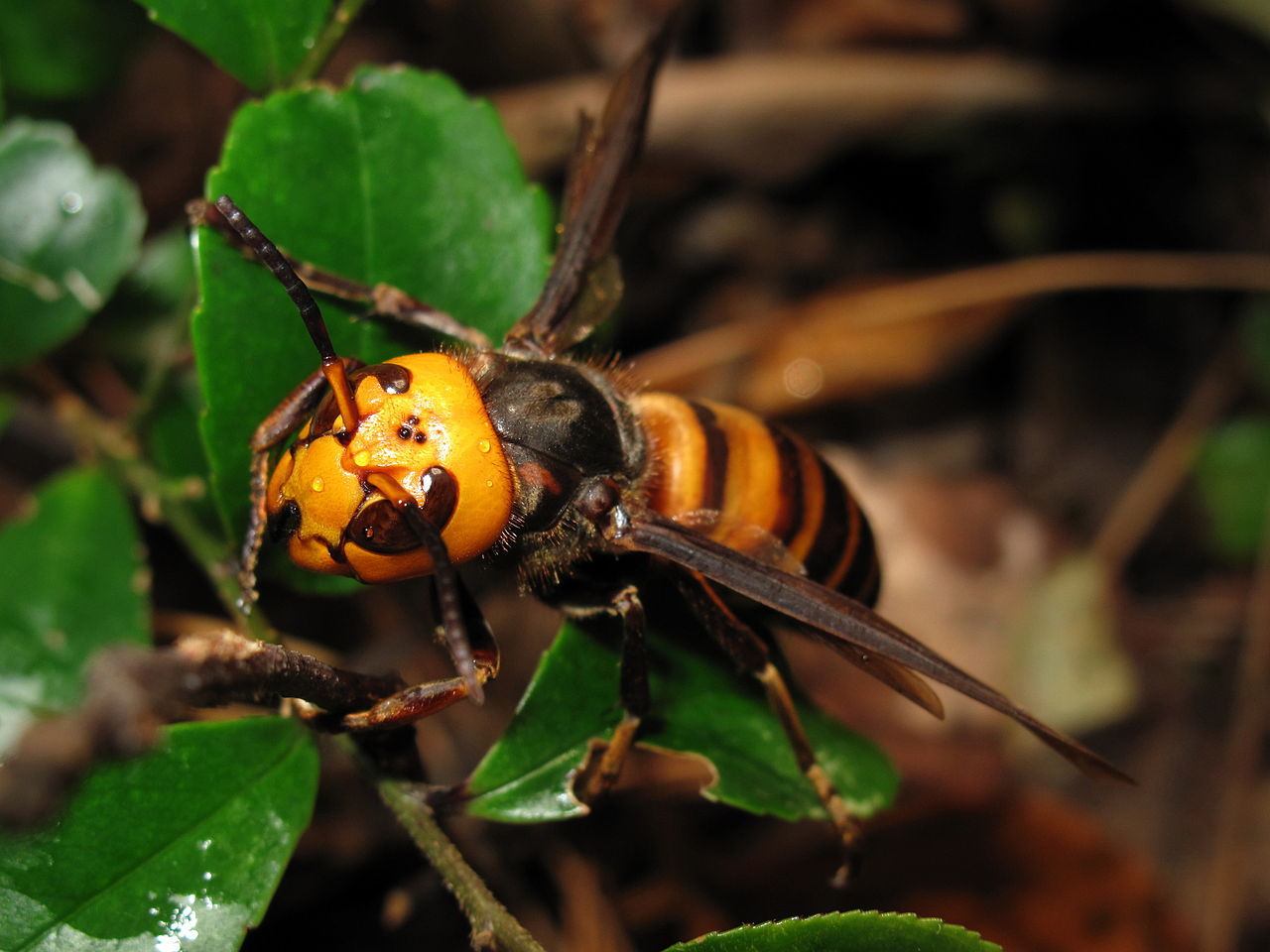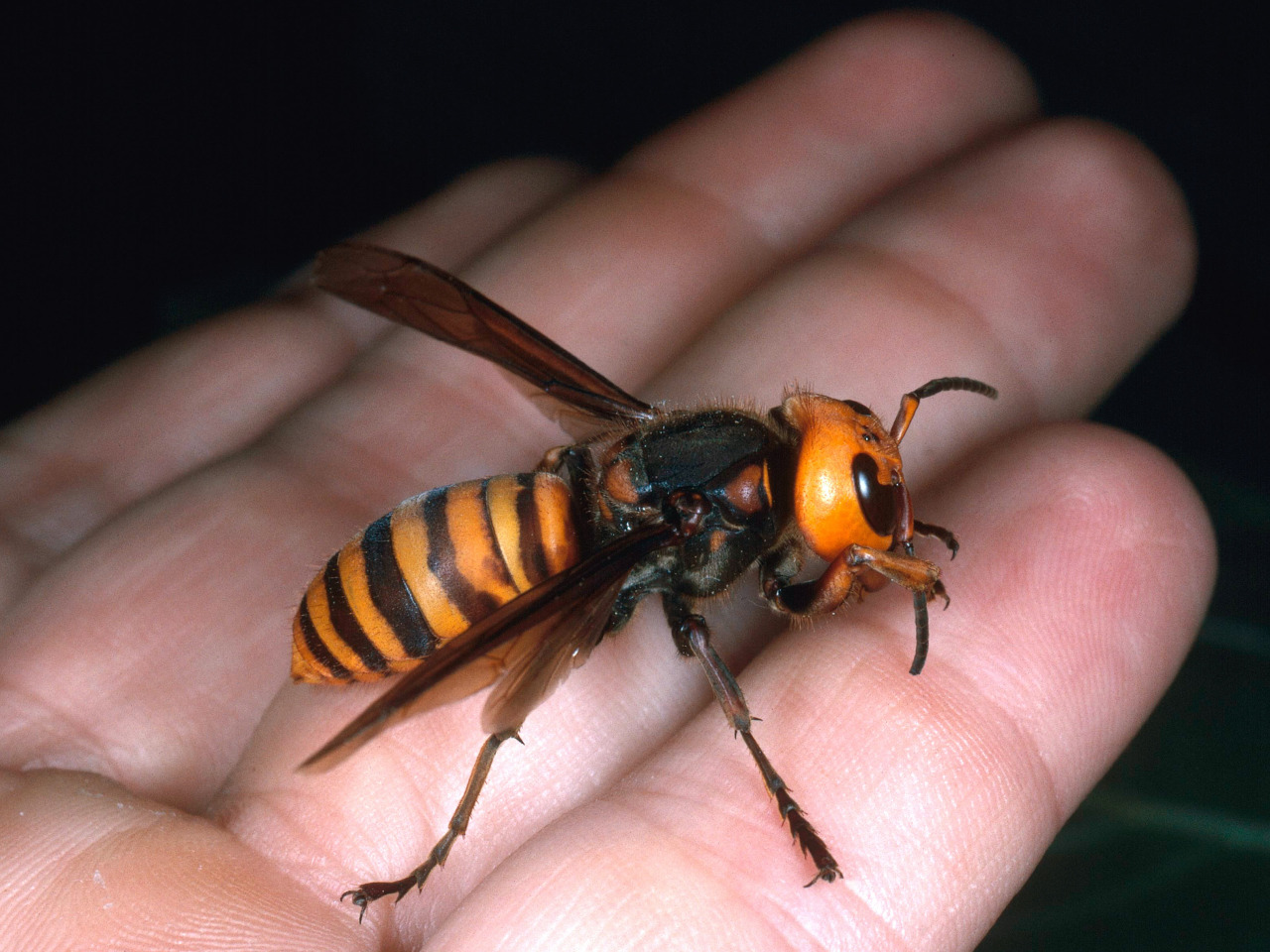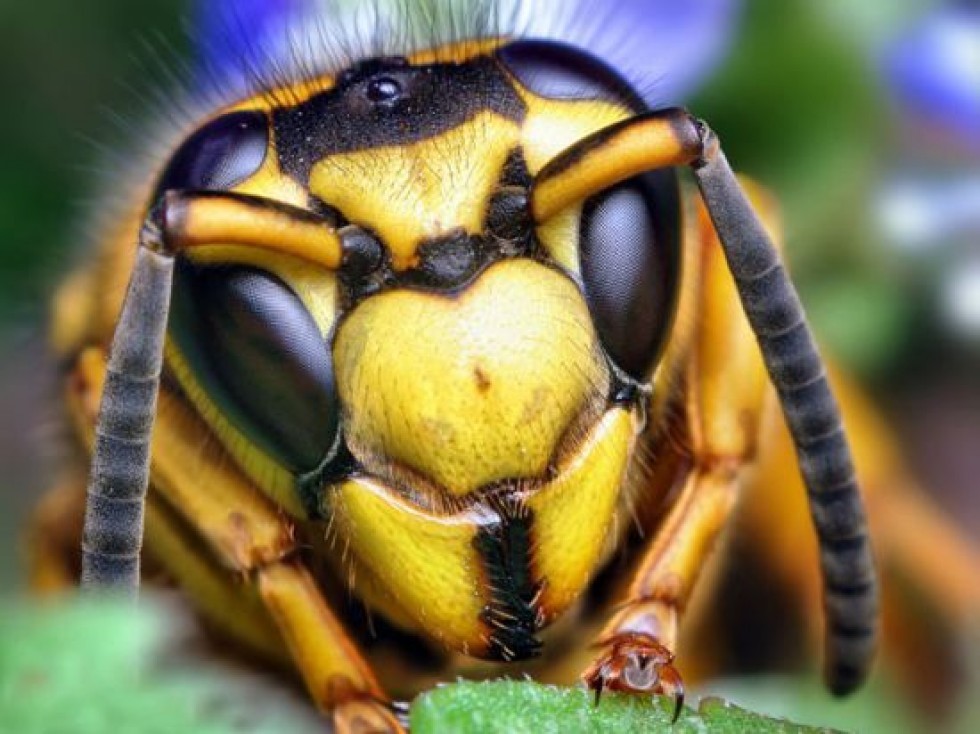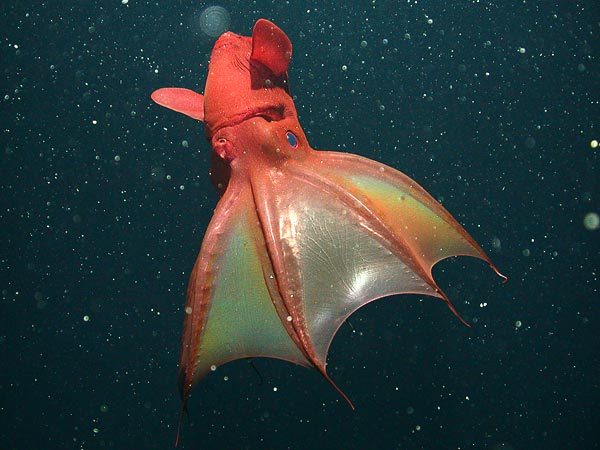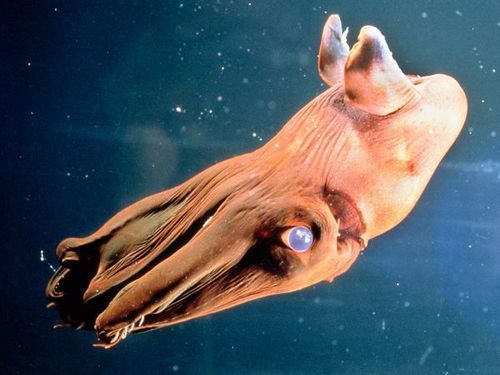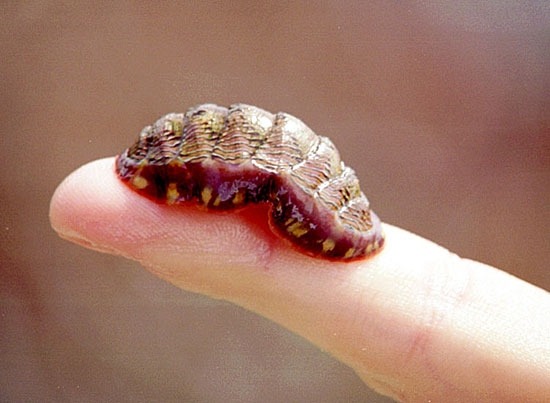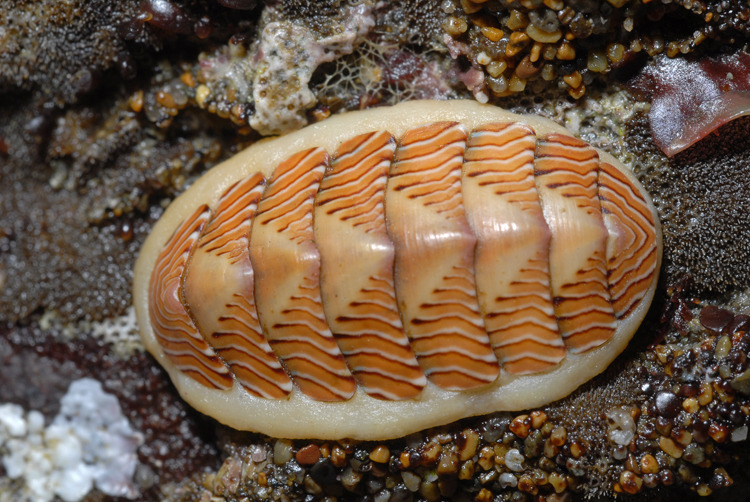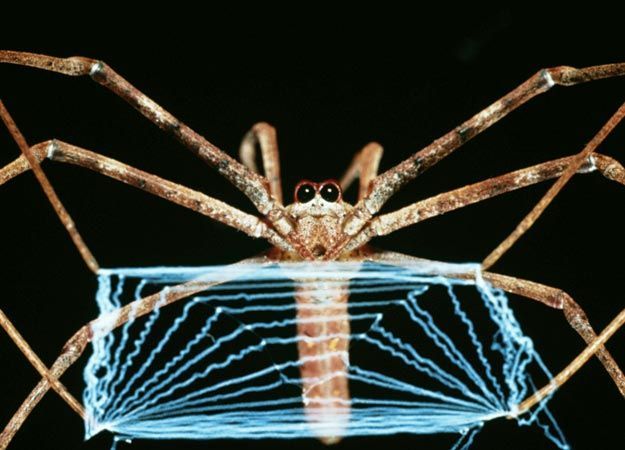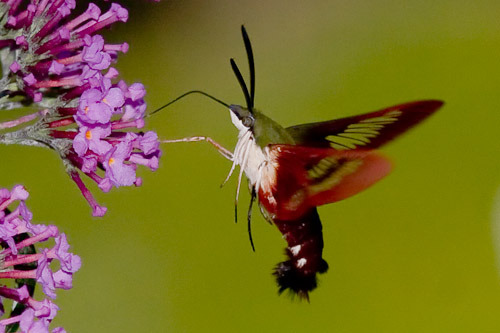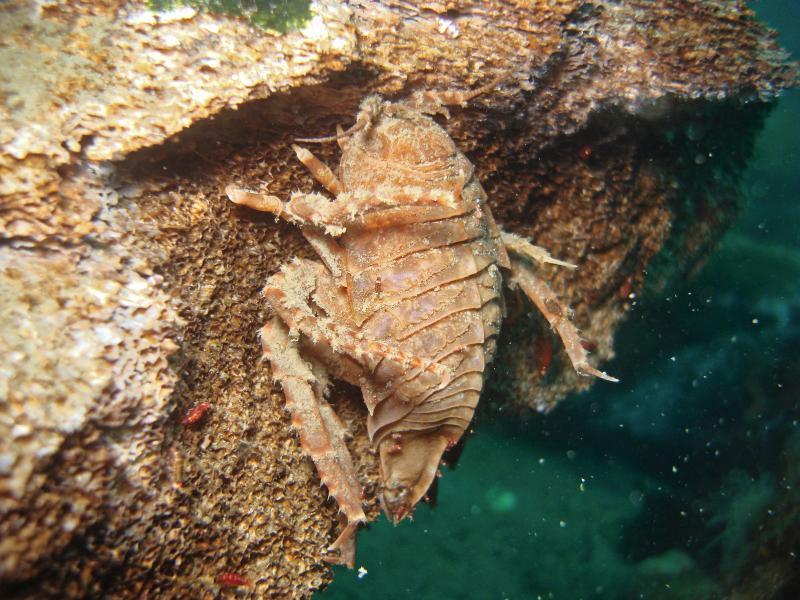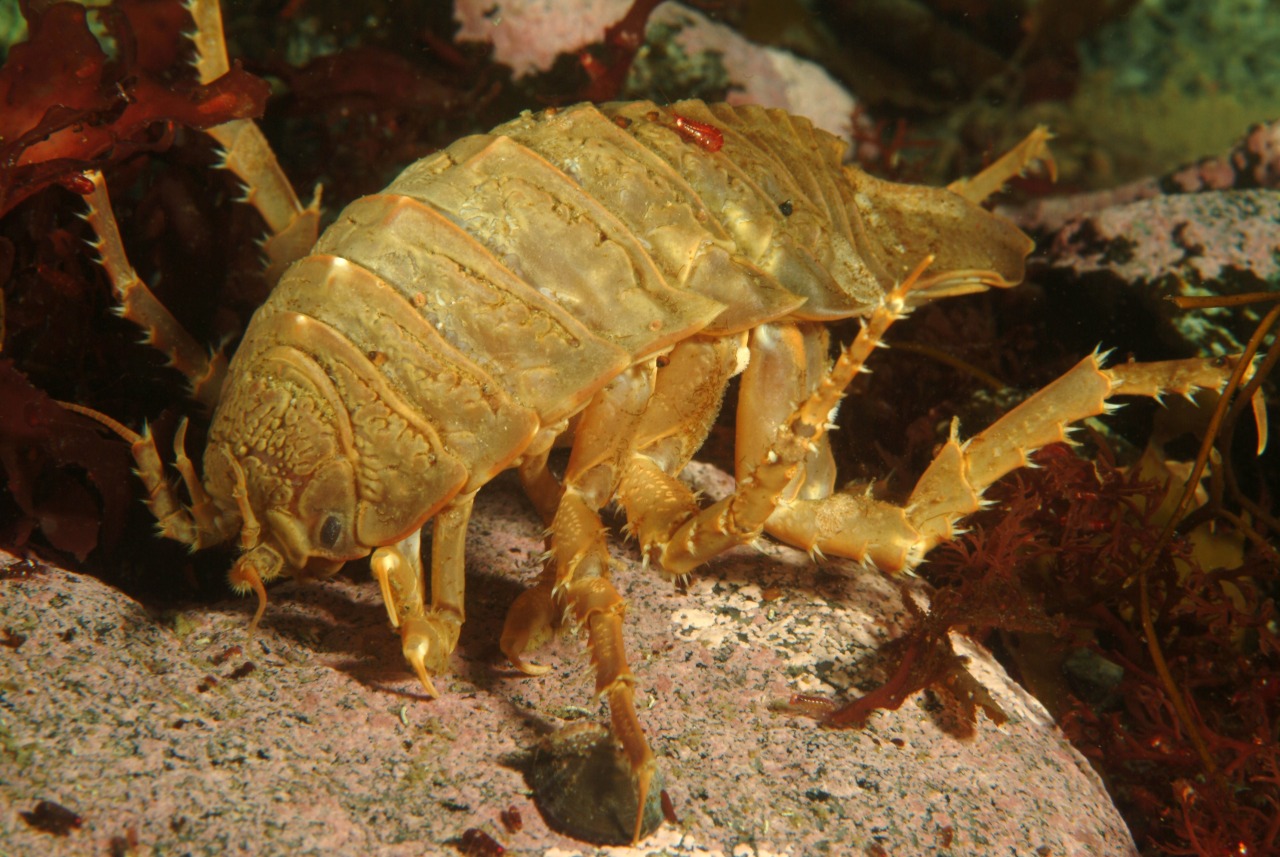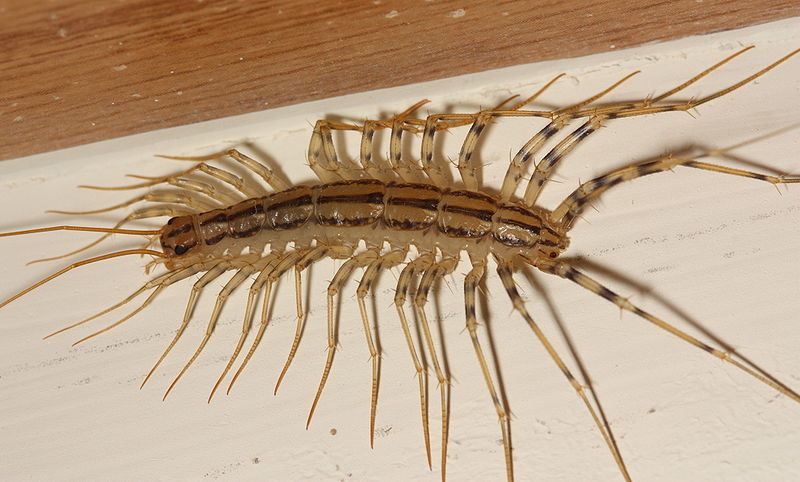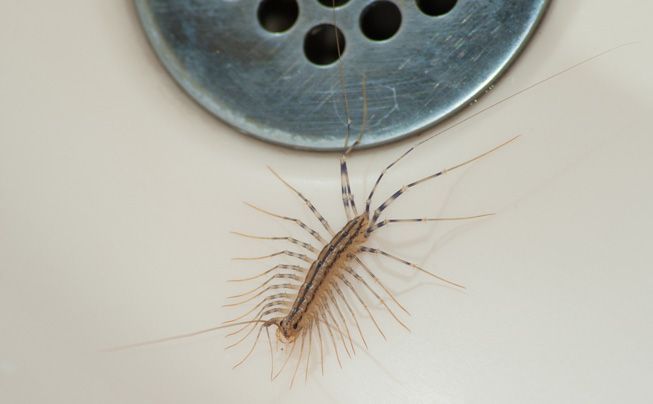Metasepia pfefferi
In 1874, while conducting research in the Arafura Sea, the crew of the HMS Challenger pulled up a net containing a small female cuttlefish. It was soon determined that they had discovered a brand new species, so the specimen was shipped off to London for study. 11 years later, in 1885, this unusual cuttlefish was finally given a name: Metasepia pfefferi, the flamboyant cuttlefish.

Looking at that picture, you might wonder how such a dull looking cephalopod could ever be called flamboyant. Well, that particular cuttlefish is just displaying its base color; if it wants to rest, or sneak up on its prey (small fish and crustaceans), there’s no need for it to start flashing like neon sign. But when it does want to display, it is quite a sight to see. There is a reason cuttlefish are called the chameleons of the sea; they have the ability to change colors in the blink of an eye. The flamboyant cuttlefish is no different, turning its arms bright purple and yellow and creating mesmerizing black and white stripes that move down its 3 inch body.

Despite its similarities to other cuttlefish, the flamboyant cuttlefish is different in two ways. Most cuttlefish hover above the ocean floor, keeping an eye out for anything that they can grab with their specialized feeding tentacles. The flamboyant cuttlefish hunts in the same way, but prefers to walk. It uses its two bottom most arms to propel itself and keeps the other six raised high for predators to see. Why? Because the colors that earned this invertebrate its name are a warning sign. All cuttlefish have a venomous bite, but the flamboyant cuttlefish is the only one in the world that is also poisonous.
